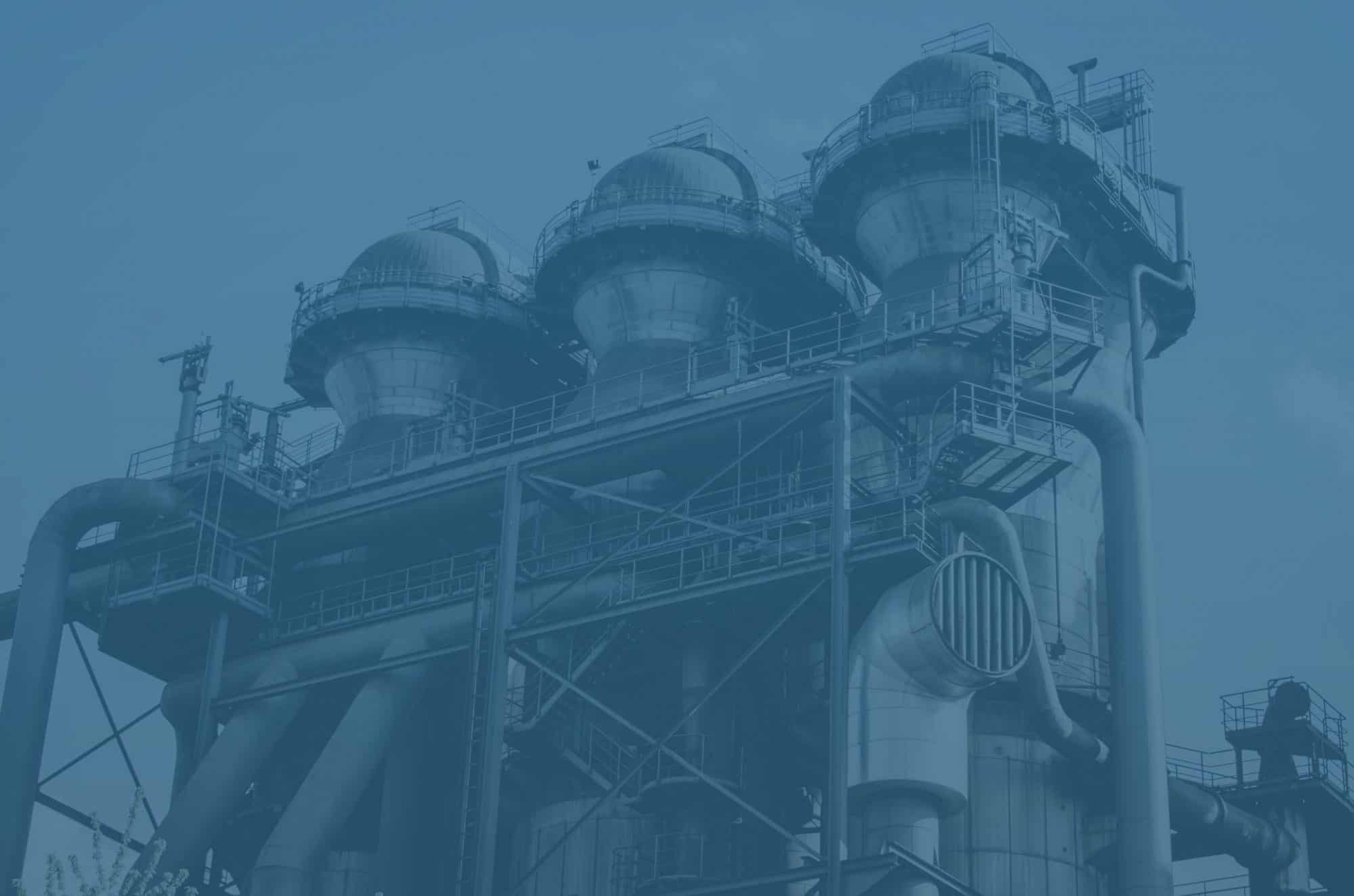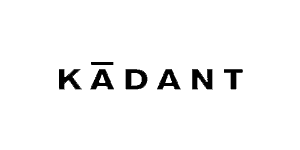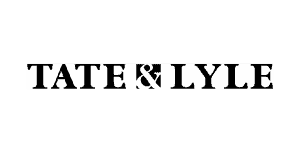When designing industrial facilities, it is important to designate a safe location or several of them for venting. It is especially vital if you vent high pressure or hazardous gases to atmosphere. They pose a massive risk to people on and around the site. So, the vents must be in the safest possible spots. You may also need to use a vent silencer at each outlet to minimise the noise.
What are safe locations?
As you can tell from the name, safe locations for venting are areas where there won’t be a risk of injury or hazards. Typically they will be in remote locations far away from where people work. This ensures personnel won’t face getting a blast of high pressure gas. It also protects them from the noise the venting can cause.
A safe location can also be an area on the site where there is no sensitive or dangerous equipment. For example, you should never vent in locations where there are ignition sources, monitoring systems, or fresh air intakes.
Another thing you need to consider when deciding on safe locations is vehicle approaches. You should never vent gas in areas where boats or aircraft will be. It could cause huge problems for the vehicles.
Finally, a vent location must account for vital environmental factors. The most important is wind direction. You don’t want vents in areas where the prevailing wind would send the gas towards urban areas. If it is underwater vents, it is vital to ensure the prevailing current won’t send the discharge somewhere it could cause harm to people or marine life.
Some important considerations
There are several crucial factors to look at when you think about venting. Noise is a major one. If there will be loud continuous noise you may need a vent silencer regardless of the safe location. You may also need one if it is intermittent or emergency venting; the noises here can be even louder.
It is absolutely vital to think about what exactly you are venting. There are fewer hazards with non-hazardous gases such as steam and air. If they are flammable or toxic, the risks are much higher. Therefore, you will likely need to do more to ensure safety. It may even be necessary to look at dispersion modelling to ensure gases will disperse safely.
You also need to think about the weight of the gas. Is it lighter or heavier than air? This will have an impact on dispersion.
The temperature of the gases you will be venting is vital too. You must consider this and the risk of injury to personnel or damage to facilities/infrastructure.
Finally, think about the duration of venting. If it is continuous, it is even more important to keep it away from people and equipment.
Do you need a vent silencer?
Ventx appreciates the importance of venting in various industrial operations. Our goal is to help clients do it as safely as possible. We specialise in tackling the noise, ensuring there is a smaller risk of problems like hearing damage. We can design bespoke silencers to make it quieter.
So, if you need a vent silencer, speak to us.









